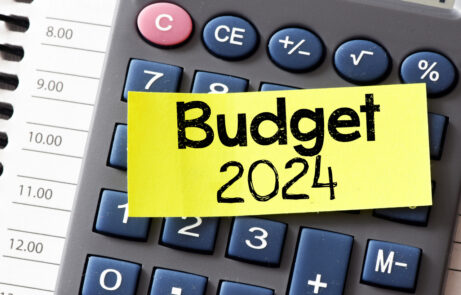For any business owner, forecasting growth can be an onerous task – the financial equivalent of a trip to the dentist.
But like trips to the dentist, they are important, and not necessarily as painful as you might expect.
None of us can see into the future but with the right facts and figures in front of us, we can develop a reasonably reliable expectation of how we expect a business will perform.
Time spent on forecasting is time well-spent. It gives the business owner a clear, workable plan and provides much-needed data at times when seeking funding. In other words, it’s one of the first pieces of information a bank or other lender will want to see before providing a loan or expanding existing credit.
But where to start?
First consider who will be using the forecasts and what will they be used for.
If it’s to seek financing, a business owner should have a strategic growth plan typically casting forward three to five years.
So start with what you know.
What are your fixed costs and known overhead costs?
If you already have contracts in place, then you have some certainty around revenue and the timing of when revenue will be earned.
Next comes the tougher exercise of filling in the blanks – attempting to predict the future with reasonable accuracy without the benefit of a crystal ball.
You have a strategic growth plan, so use it as a guide.
What are you reasonably projecting your revenue growth to be? What are the likely related cost increases? If you are already beyond the start-up phase, you have actual results and experience you can use to build forecasts.
But a warning: Avoid the obvious trap of under-estimating costs and over-estimating revenues. It’s easy to fall into. Be realistic and build in some flexibility to allow the business to alter its course, perhaps forecasting different scenarios.
And if you’re borrowing money to sustain growth, be restrained and realistic in your promises to the lender. Manage expectations and avoid the risk of under-delivering on those promises.
Once the forecasts are complete, check them once and check them twice to make sure they are sound.
Get out of the weeds and take the 20,000 foot view to see if the forecasts make sense. Knowing what you know about your business, and the industry you’re in, are the projections as close to accurate as you can get? Review key benchmarks to see if they meet your expectations.
Forecasting growth can be a stressful exercise, especially if you’re new to a business and haven’t gone through the process before.
Reach out to an accounting professional if you need help. They can always help to ease the pain!
This article first appeared in the Ottawa Construction Association Monthly Magazine.







